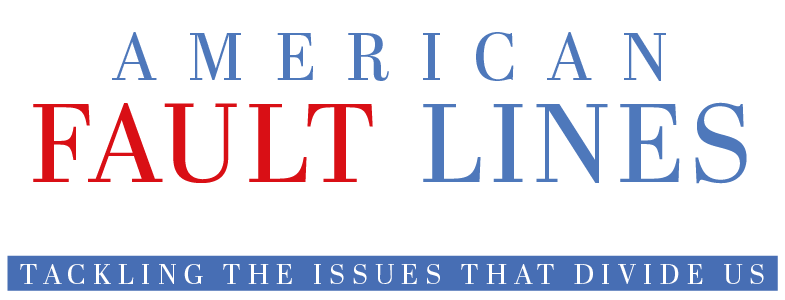Internet.com (Dec. 19, 2000)
What happens if an ad is served up and nobody clicks? That's the $64 million question in Internet advertising these days.
Unlike the proverbial tree falling in the woods, advertisers know somebody <i>saw</i> the ad; what the industry hasn't been able to tell them is, what <i>effect<i> did it have? Until now.
"Historically, what we've been reporting to advertisers is what impressions did they get on what sites, how many click-throughs and what did they have to pay for it," says David Moore, CEO of 24/7 Media, one of the largest interactive ad agencies. "Now we can go back not only with those metrics, but we can say, 'The ad had an impact on three percent of the folks who saw it and a certain percent of those are now more inclined to buy it."
What has changed is the arrival of brand measurement technologies in the past few months that allow research companies to track in real time viewer response to Internet ads -- and serve up the results to ad agencies and their clients almost immediately.
As Moore's colleague, 24/7 Research Director Risa Goldberg puts it: "Click throughs are out and brand awareness is in."
Better than a Click
The goal these days is to evaluate Internet advertising in the same way as advertising in other media.
"People aren't going to click on a banner ad and buy airline tickets on impulse, but when you're ready to make a trip, it's at that point that brand awareness kicks in," says Nick Nyhan, president of Dynamic Logic, one of several companies offering brand awareness surveys. "Did that ad seed a positive impression that will come to fruition at a later date? That's what this system is designed to track."
Here's how the technology works: After a visitor has seen a particular banner -- whether once or a predetermined number of times -- a window pops up asking him or her to take part in a brief survey. How brief, depends on the company. It can take anywhere from three minutes to a half hour, with questions aimed at determining how the ad has impacted on the viewer's impression of the brand. The size of the sample varies widely, from the 300 polled by IPSOS-ASI to as many as 1,000 in some of Dynamic Logic's quantitative surveys. All the research firms split those numbers between individuals exposed to the ad and a control group that has not seen it.
"What we find is that, like all advertising, there is a pretty broad range of effect, from ads that break through to those that don't even get noticed," says Nigel Hollis of Millward Brown Interactive, another firm offering the tool.
Do-It-Yourself Brand Measurement
Each company providing online brand measurement has its own approach with various levels of hand-holding and analysis by researchers, but all offer highly-automated versions in which advertisers or their agencies can access a template with a set of pre-determined questions, add a few of their own, and launch the survey.
"It allows you to peel the onion to see who's most interested in your product," says Hugh Duffy, 24/7's director of product development, who has used the technology for packaged goods clients like P&G.
"We can slice by how many times someone was exposed and how recently, by demographics, by which creatives they saw," confirms Dynamic Logic's Nyhan. "We can compare people who saw only one ad versus those who saw others, people who are big users of the category, the list is endless."
Eventually, he adds, "we'll be slicing to see how much more lift does rich media give you versus sponsorship, or streaming versus just an animated gif -- what's the incremental value and is it worth the money?"
A survey conducted for Rolling Stone by Millward Brown in November, for example, provided data on the following questions about an ad for RollingStone.com: "Did people remember the brand advertised? Did the ad raise that brand's awareness? Did the ad change perceptions of the brand? Did the ad increase consideration of the brand? Did the ad reach the right consumers?"
The study found that brand-linked ad awareness of RollingStone.com increased by 9.7 percent, which Millward Brown called "statistically significant."
Changes on The Fly
But even if it wasn't, the fact that the data is immediately posted online in secure sites means advertisers can evaluate the effectiveness of a campaign in real time, and make changes as needed.
But Hollis, who compares the brand measurement technology to supermarket scanners, warns that advertisers need to keep the results in context.
"When packaged goods companies first started getting scanner data they made dramatic changes in inventory based on the initial data, and it was often disastrous," he recalls. "Those clients still use scanner sales data, but they analyze it in a longer term manner along with other attitudinal data."
And he adds, the frequency caps that currently limit ad exposures to as few as one-per-customer, need to be reevaluated.
"That frequency cap is a huge burden to the industry and it's really click-through-based," he says. "In a branding world you might be looking for a frequency of five or more times because you know that's where the sweet spot is."
There's one sweet spot every Internet advertising agency knows the location of -- it's the budgets of the traditional advertisers who spend hundreds of millions on television and print.
With dot-com funny money a distant memory, agencies like 24/7 see brand measurement technology as a key to attracting bricks-and-mortar advertisers still leery about the value of the Internet.
"Our game is going to be demonstrating with facts which are now supported by research that our medium can do a better job of branding and selling products than anyone else," says 24/7's Moore. "And when we do that, the money will <i>really</i> flow."


